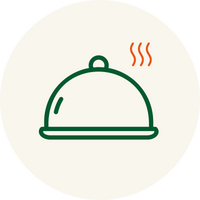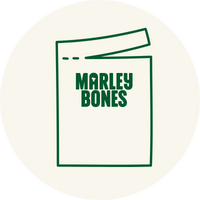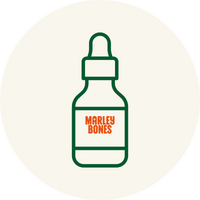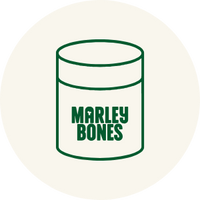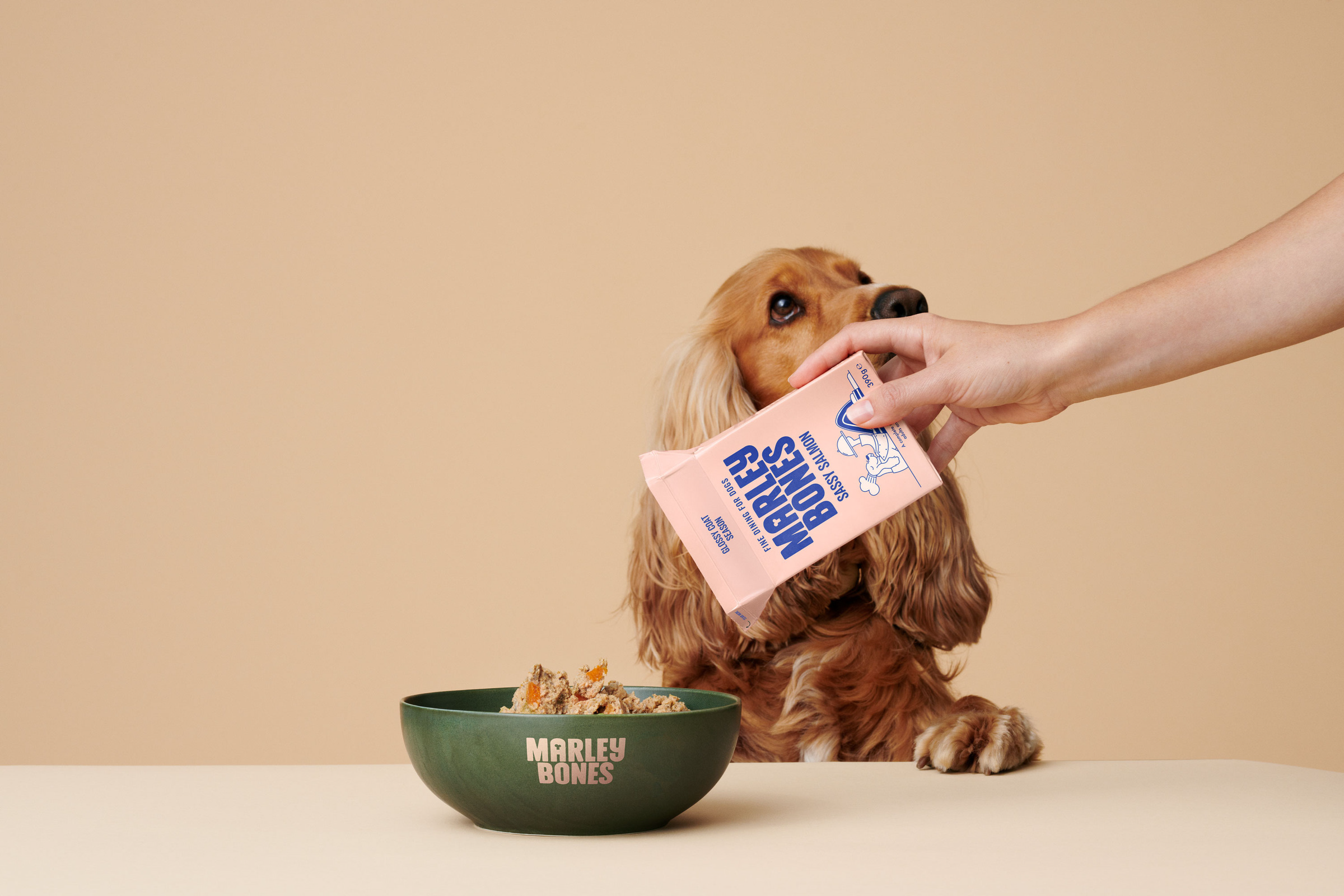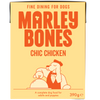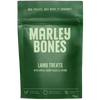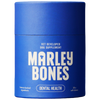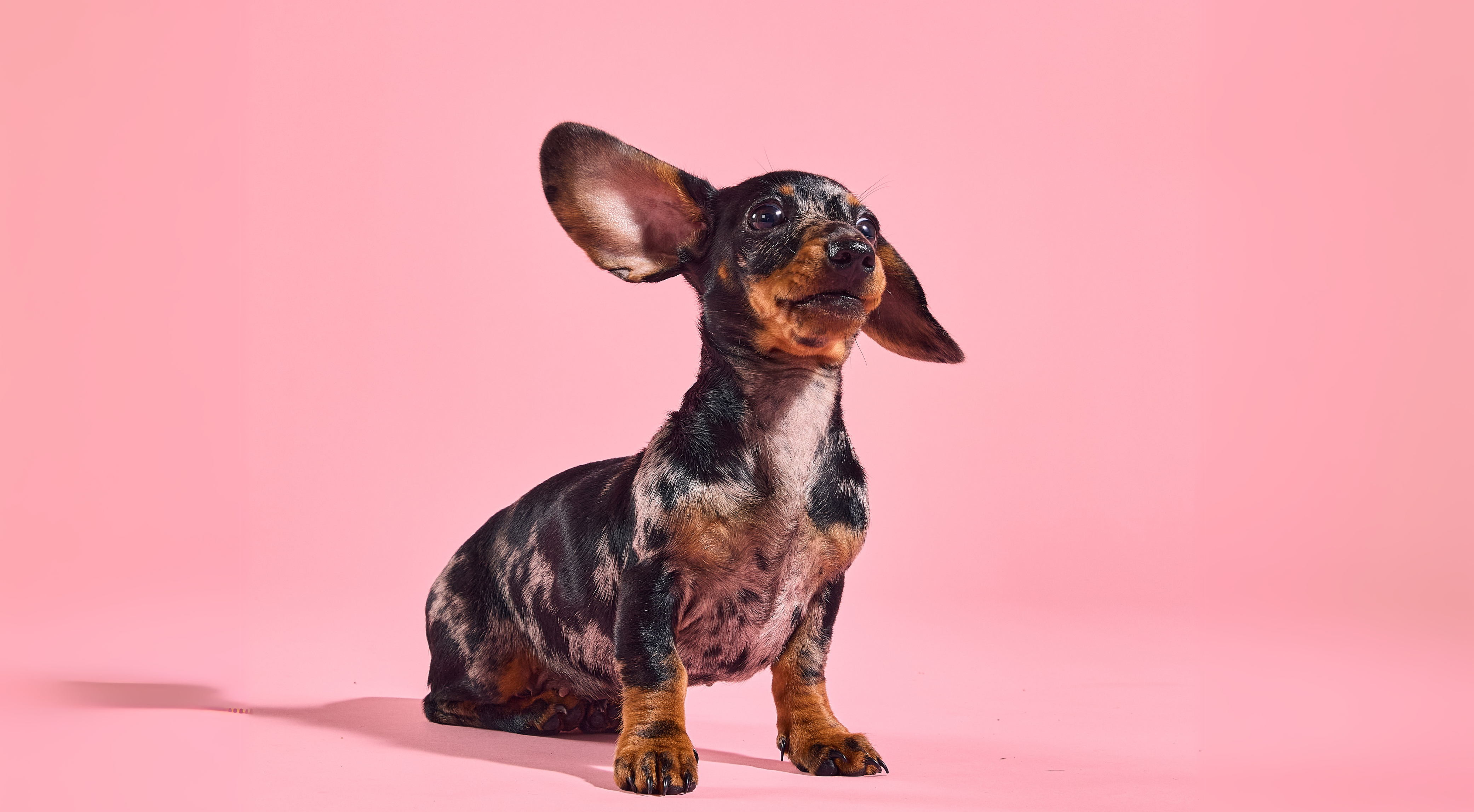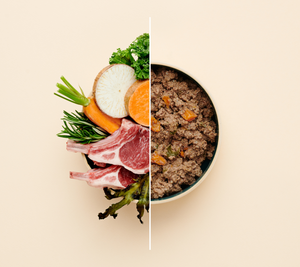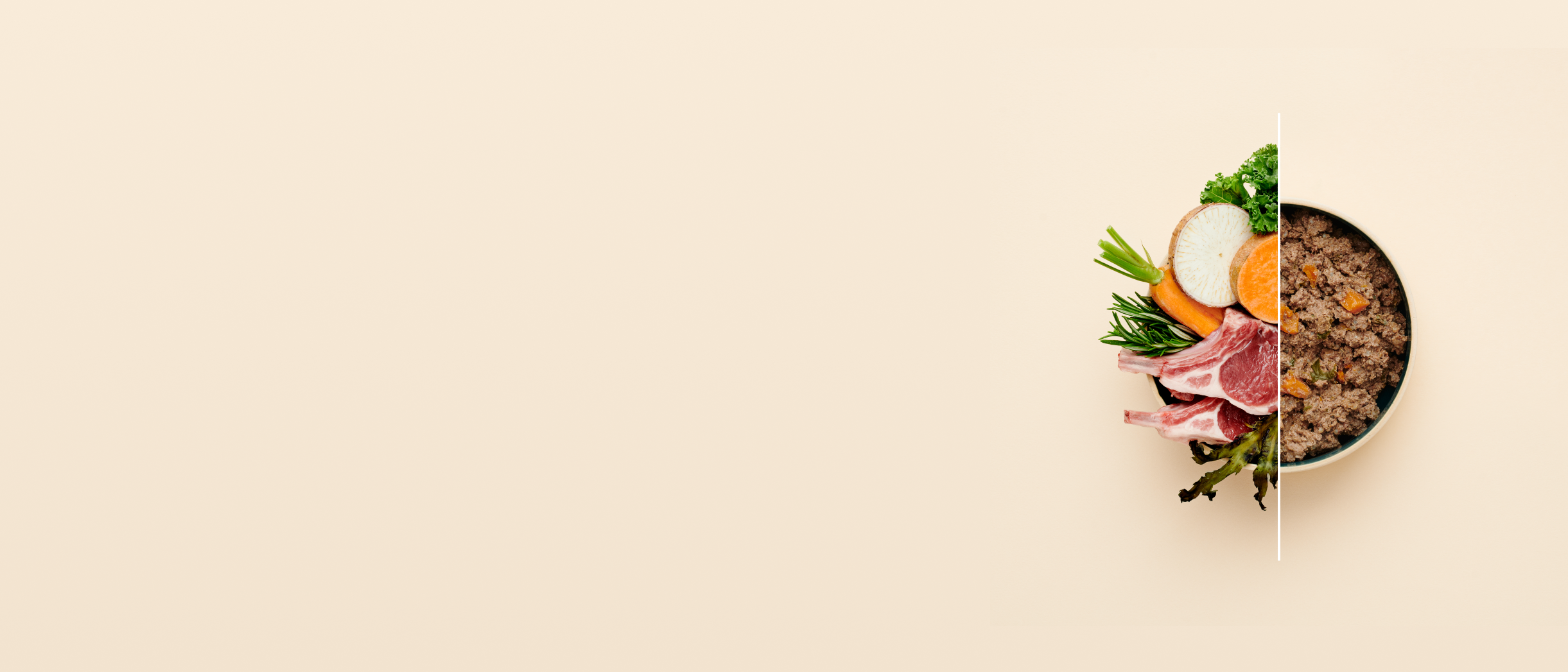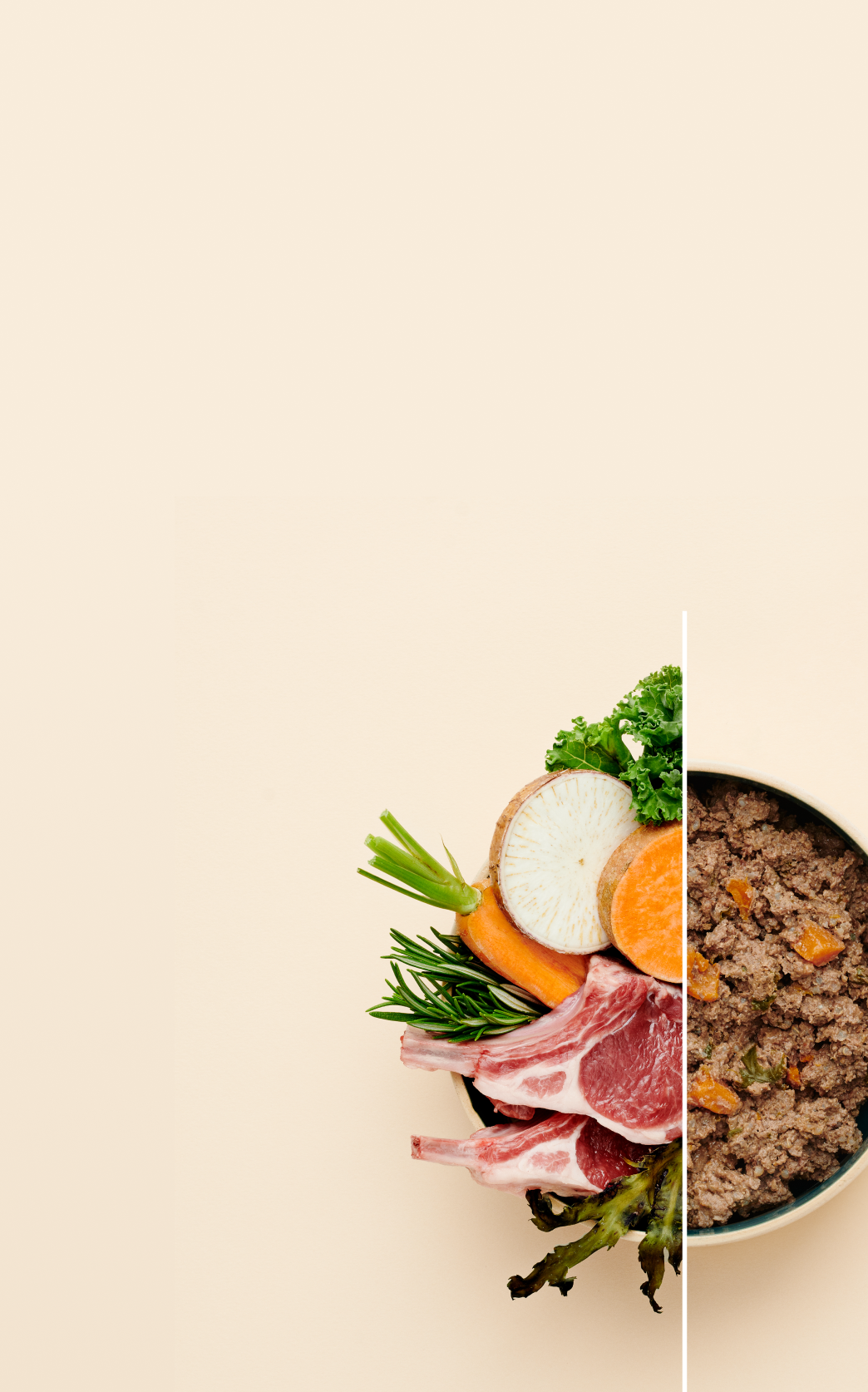How to Teach Your Dog Recall - That Actually Works
Your dog’s hearing is incredible. In fact, they can hear sounds four times farther away than we can - and even the vibrations of termites behind walls. But the second you call them in the park? Radio silence.
If this sounds familiar, you’re not alone. Thankfully, recall is something you can absolutely train - and it doesn’t require special tools or endless time. It just needs consistency, repetition and a plan.
Here’s how to build a rock-solid recall that sticks, wherever you are.
Start At Home - Always
Good recall isn’t built in a busy park. It starts in your quiet living room. Like any behaviour, recall needs to be proofed in low-distraction environments first.
Begin by choosing a recall cue that hasn’t already been “poisoned.” If you’ve been shouting “Come!” with little success, your dog has likely tuned it out. Start fresh with something like “Here!” and pair it with something brilliant: food. High-value food.
Say your cue, treat immediately. No need for movement at this stage - your dog can be lying next to you. The goal here is simple: dog hears cue = amazing things happen.
Marleys Must Know: Top tip! Every time you say the cue, your dog gets a treat. No exceptions.
Repeat this multiple times a day until your cue has meaning. Then you can slowly add distance, movement and - eventually - distractions.
Your Recall Word Should Mean Magic
Think about it. If your dog sprints into the kitchen every time they hear the fridge door or a crisp packet, you’ve already taught recall. You just didn’t mean to.
Now, let’s apply that same principle on purpose. Say your cue every time you feed your dog their meals. Say it when you open a door to the garden. Build a strong emotional response to your word before you ever test it outdoors.

What If Your Dog Ignores You?
It happens. The important part? Stay calm. Never punish your dog for coming back - even if it took twenty minutes and some public humiliation.
If your dog eventually returns, smile (even through gritted teeth), give them a treat, clip the lead on and go for another short walk before heading home. Make returning to you feel good, not like the end of the fun.
Protect The Cue Word
Once your recall cue means something positive, don’t ruin it by using it before doing something unpleasant - like nail trims, baths or ear drops.
We’ve all made this mistake. But try to keep that cue reserved for things your dog enjoys. If you need to call them for something they might dislike, use a different word.
Reward Like It Matters
Recall is hard for most dogs. That means your rewards need to reflect the difficulty. Think of it as high-stakes pay. Bring a mix of treats and toys on walks - and make returning to you more exciting than the environment.
You can use food, fuss, a squeaky toy, a game of tug, or even picking up a stick. Be fun. Be unpredictable. Be the best part of your dog’s walk.
We love soft, natural treats like Marleybones’ chicken, hawthorn and sage bites - easy to carry and easy to love.
Train With A Long Line
Until your recall is rock-solid, use a long line - ideally 5 metres of biothane. It gives your dog freedom to roam while keeping you in control. This reduces the chance they’ll practise self-rewarding behaviours like running up to every dog or chasing squirrels.
Remember: the more your dog rehearses a behaviour, the better they get at it — so let’s not give them a daily masterclass in ignoring you.
Catch The Good Stuff
Sometimes the best training happens without asking. If your dog naturally runs towards you in the garden or house, reward it. These spontaneous moments reinforce the behaviour beautifully.
The more often they hear “Well done!” when they come near you, the more likely they are to repeat it.
Only Call When You're Sure
If your dog is fully engaged with another dog or locked onto a squirrel, don’t use your recall cue. It’s better to walk over and collect them than to risk diluting your cue by repeating it while they ignore you.
Timing matters. Set them up for success.
Layer in Distractions Gradually
Once your recall cue is solid indoors, begin to introduce distractions slowly — a toy on the floor, another person in the room. This builds your dog’s ability to respond despite excitement.
Think of it like muscle memory. Train the reflex before testing it at the park.

Stop Chasing Your Dog For Fun
We get it - it’s playful and seems harmless. But every time you chase your dog in the garden, you’re teaching them that running away from you is a great game.
Flip the script. Get them to chase you instead. It’s far more helpful for real-world recall.
And finally, always ensure your dog is microchipped and wearing a tag with up-to-date contact info.
The Final Woof
Recall is one of the most important skills your dog can learn - and one of the trickiest to master. But with consistency, clever rewards and some self-restraint on your part (no chasing, no frustration!), your dog will start to check in, run back, and stay close by choice.
Because being near you should be the best thing in the world.

